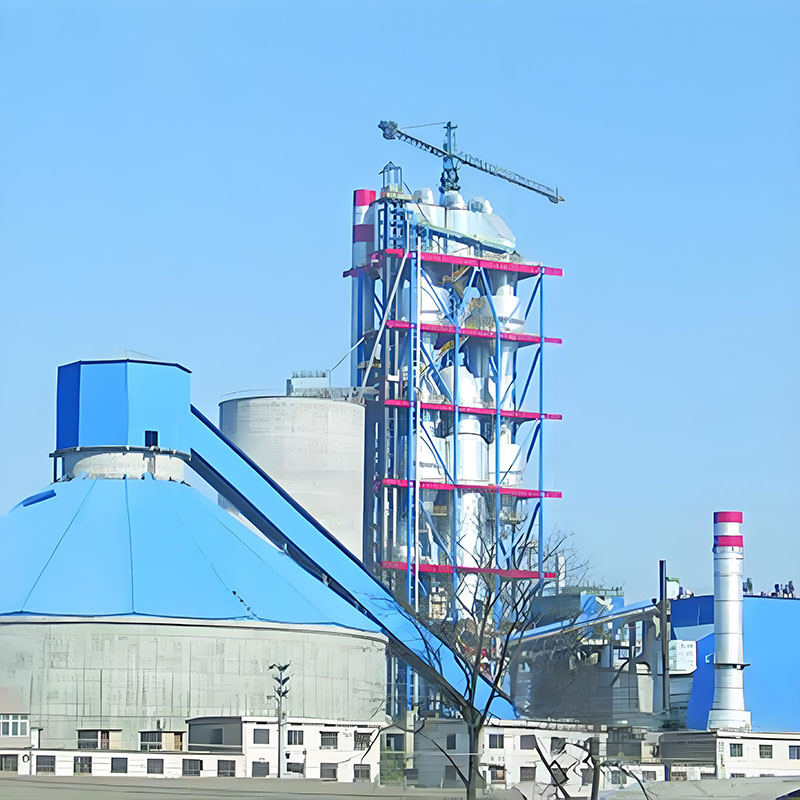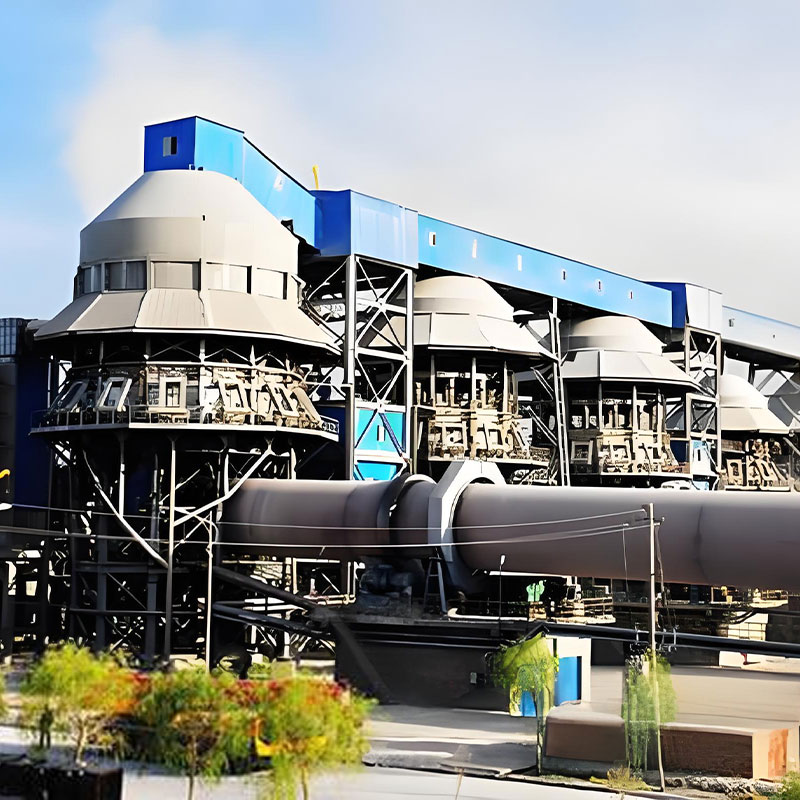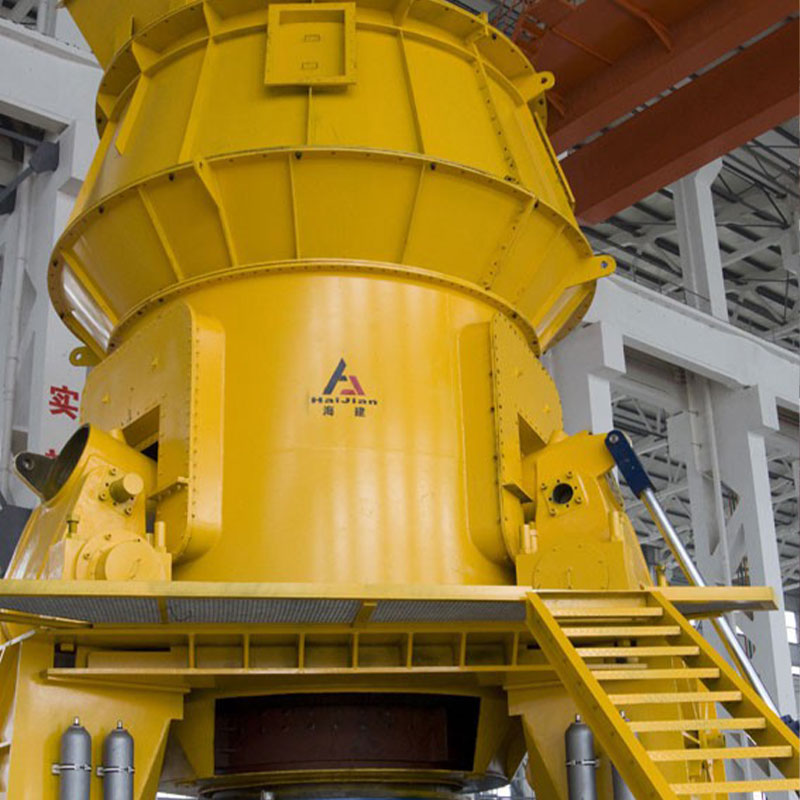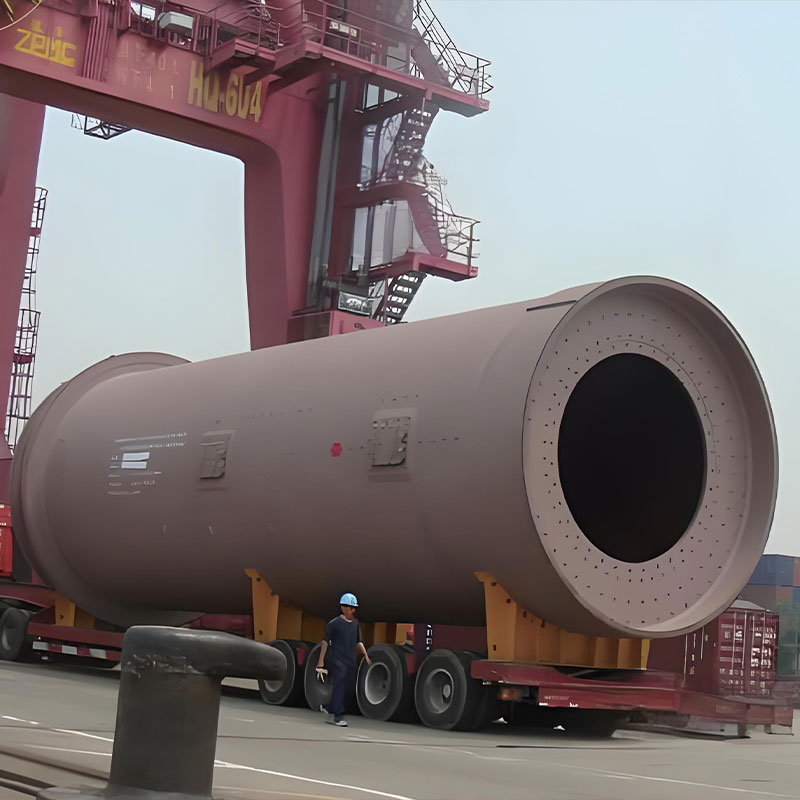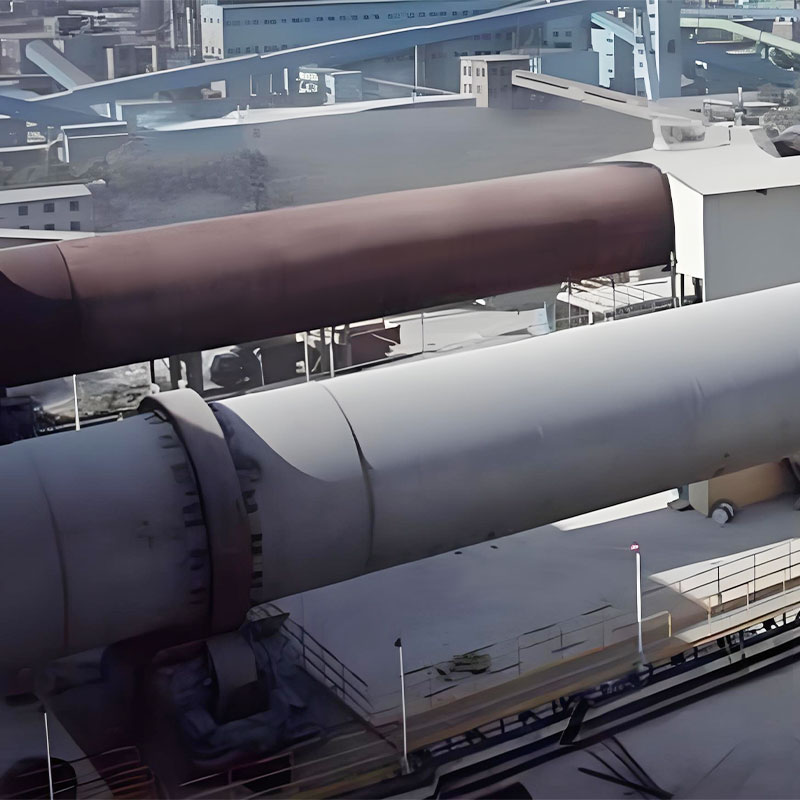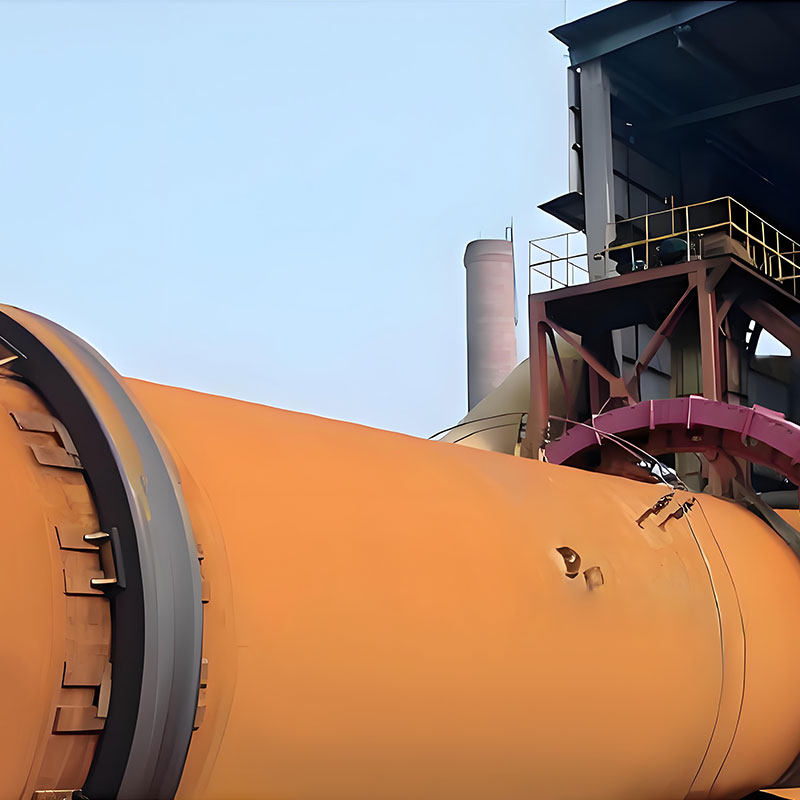How to Clean an Active Lime Production Line?
Cleaning an active lime production line is a crucial regular maintenance task. It aims to remove accumulated material, rings, and nodules throughout the production line to ensure proper equipment operation, product quality, and production efficiency. Cleaning must adhere to the principles of "safety first, system shutdown, top-down approach, and outside-in approach."
Content
1. Preparatory Work Before Cleaning
Shutdown and Isolate the Entire Line:
Follow standard shutdown procedures to completely halt the entire production line.
Isolate all relevant equipment: Disconnect the main power, air, and oil supply, and display a "Do Not Close, Personnel Working" warning sign. This is the most critical safety step.
Adequate Cooling and Ventilation:
Allow the equipment to cool naturally to a temperature suitable for occupancy. In particular, high-temperature areas such as the rotary kiln, preheater, and cooler must be cooled to below 40°C or to a temperature consistent with safety regulations. Open all inspection doors and manholes for forced ventilation to ensure proper air circulation within the kiln and confined spaces, lowering temperatures and removing harmful gases (such as CO, SO₂, etc.) and dust.
Safety Precautions and Verification:
Obtain a confined space/limited space work permit (e.g., for entering the kiln or preheater).
Gas Monitoring: Use a gas detector to confirm that the oxygen concentration (19.5%-23.5%), carbon monoxide, hydrogen sulfide, and other toxic and harmful gases are within safe limits.
Personal Protective Equipment: All personnel must wear a hard hat, dust mask (positive pressure respirator recommended), protective glasses, heat-resistant gloves, safety shoes, and overalls. When entering a confined space, a safety harness must be worn and supervised by a designated person.
Tools:
Long drill, steel pick, and jackhammer: Used to remove hardened rings and nodules.
2. Segment cleaning methods and key points
A typical active lime production line includes: storage bin → feeder → elevator → preheater → rotary kiln → cooler → conveying equipment. Cleaning needs to be carried out step by step according to the process.
(1). Preheater (cyclone preheater)
Cleaning focus: the inner wall of the cyclone, the discharge pipe, and the location of the scattering box.
Method:
Enter from the upper inspection door and observe the crusting situation.
First use a long drill to test. For loose accumulations, you can directly poke it off.
For hard crusts, use a pneumatic pick or steel drill to gradually break them from the edge. Be careful not to damage the internal refractory material.
Clean the cleaned materials from the lower discharge port.
(2). Rotary kiln
Cleaning focus: the rings at the head and tail of the kiln, the kiln skin and the accumulated materials. Method:
Observation at the kiln head: Check the position and thickness of the ring from the observation hole at the kiln head.
Entry and cleaning: Under the premise of ensuring safety, personnel enter from the kiln head or kiln tail.
Clean the ring: This is the most laborious and dangerous work. The ring is usually very hard. Use a jackhammer to break it from the bottom or weak part of the ring to make it fall off in large pieces. It is strictly forbidden to stand directly under the ring to prevent collapse and injury.
Clean the kiln lining: For hanging kiln lining, use a long chisel to clean it.
Transportation: Clear the broken ring blocks and materials from the kiln.
(3). Cooler (vertical cooler or grate cooler)
Cleaning focus: Material accumulation and agglomeration inside the cooler, as well as blockage of the wind hood.
Method:
Open each maintenance door.
Use a shovel and chisel to clean the accumulated material and agglomeration.
Check and clean the small holes on the wind hood to ensure uniform ventilation.
(4). Conveying equipment and silos
Cleaning focus: material accumulation on the head and tail wheels of the conveyor, material sticking to the bucket of the elevator, and material bulging or arching in each silo (especially the lime silo).
Method:
Silo: It is strictly forbidden for personnel to enter the silo to clean the material, as it is very easy to cause a burial accident! Use an air cannon or vibrate the silo wall. If manual intervention is necessary, use a long pole to clear it from the outside.
Elevator/conveyor: After stopping, clean the material adhering to the head and tail wheels and bucket.
(5). Dust removal system
Cleaning focus: dust accumulation in the dust collector hopper.
Method:
Make sure the system is powered off.
Drain all dust in the hopper through the ash discharge valve.
Check the filter bag and replace it if damaged.
3. Inspection and restoration after cleaning
Comprehensive inspection:
Equipment inspection: Check whether the interior of all equipment has been cleaned and confirm that there are no tools or debris left inside. Refractory Material Inspection: Carefully inspect the refractory bricks or castables in the kiln, preheater, and other areas for damage or loosening. Repair any damage promptly.
Mechanical Inspection: Check the transmission, lubrication system, and other components for proper function.
Seal and Verify:
After verification, seal all inspection doors and manholes.
Clean up the site and return tools to their original locations.
Step-by-Step Startup:
Remove all warning signs and restore power.
Start the equipment step-by-step according to the operating procedures, starting from the back to the front (reverse flow).
4. Safety Precautions
Single-person operation is strictly prohibited: Especially when entering confined spaces, personnel must be supervised and communication channels maintained.
Preventing Material Collapse: When cleaning the preheater and kiln, always be aware of the possibility of sudden collapse of material above.
Fall Prevention: Wear a safety belt when working at height.
Dust Prevention: A large amount of dust will be generated during the cleaning process; wear an effective dust mask or respirator. Prevent mechanical injuries: When using tools such as jackhammers and chisels, ensure safe operation to avoid injury to others and yourself.
News Category
Recommended Products
It is focused on the overall solution of dry bulk material port transfer system,
research and development, manufacturing, and service
- Product Category
- >Cement production line
- >Environment protection
- >Metallurgical and mining equipment
- >Pressure Vessel
- Quick Links
- >Products
- >Company
- >Equipments
- >Solutions
- >Services
- >News
- >Contact
- Contact us
-
-
 Call us for support+86 13584702563
Call us for support+86 13584702563 -
 Call us for supporthaijian@haijianstock.com
Call us for supporthaijian@haijianstock.com -
 No. 198, Shuanglou Road, Qutang Town, Haian County, Jiangsu Province
No. 198, Shuanglou Road, Qutang Town, Haian County, Jiangsu Province
-


 English
English  русский
русский  Español
Español 